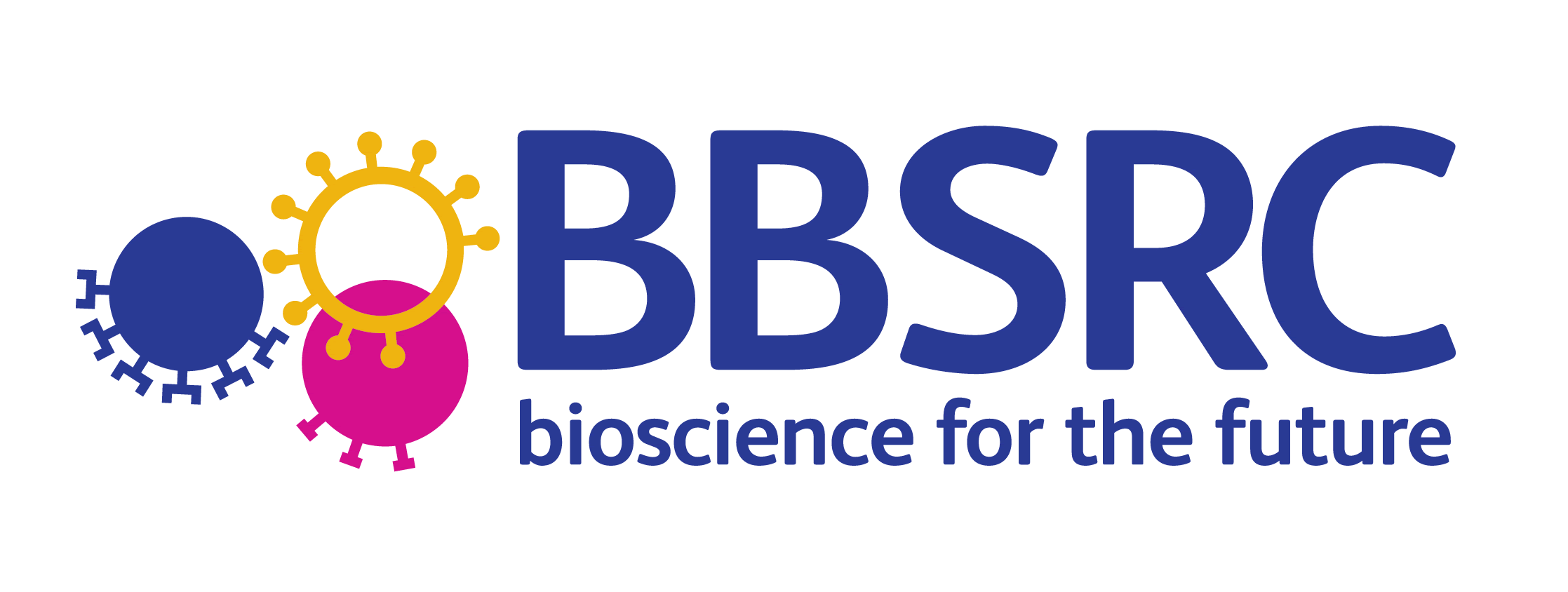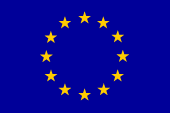GREC Corpus - XML annotation format
Download
The XML format of the annotation may be downloaded here: GREC_XML.zip
The directory contains 3 subdirectories:
- Ecoli - Contains abstracts on the subject of Ecoli.
- Human - Contains abstracts on the subject of Human.
- GRECResources - Contains the DTD of the XML annotation files (GREC_event.dtd)
Usage
The use of the corpus is subject to the terms of both the GREC licence and NaCTeM's Terms and Conditions, and in particular Section 8, regarding the use of NLM databases.
Corpus description
The XML annotation format for the corpus is based on the GENIA event annotation format with some minor modifications.
Two levels of annotation of the target text are expressed within each file, i.e.
- text-bound event arguments and other annotated biological concepts
- event annotations
An example of an annotated sentence within the XML file is shown below:
... <sentence id="S7"> <term sem="SPAN" id="T10" lex="The_loss">The loss</term> of TreR function led to derepression of <term sem="Gene" id="T11" lex="treB">treB</term> encoding <term sem="SPAN" id="T12" lex="an_enzymeIITre">an enzymeIITre</term> of the PTS for trehalose and of <term sem="Gene" id="T13" lex="treC">treC</term> encoding <term sem="Enzyme" id="T14" lex="TreC">TreC</term> , the cytoplasmic trehalose-6-phosphate hydrolase. </sentence> <event id="E6"> <type class="GRE" /> <Agent idref="T10" /> <Theme idref="E7" /> <clue>The loss of TreR function <clueType>led</clueType> to derepression of treB encoding an enzymeIITre of the PTS for trehalose and of treC encoding TreC, the cytoplasmic trehalose-6-phosphate hydrolase.</clue> </event> <event id="E7"> <type class="Gene_Activation" /> <Theme idref="T11" idref1="T13" /> <clue>The loss of TreR function led to <clueType>derepression</clueType> of treB encoding an enzymeIITre of the PTS for trehalose and of treC encoding TreC, the cytoplasmic trehalose-6-phosphate hydrolase.</clue> </event> ...
Each sentence of the abstract is contained within a <sentence> element. Biological concepts and other event arguments are annotated inline, indicated by <term> elements. Event arguments may or may not correspond to biological concepts. In other cases, a biological concept may form only part of an event argument. Elements of type <term> correspond to all annotated biological concepts, together with other text spans that consistute event arguments.
Each <term> element has the following attributes:
- sem - The biological concept type assigned to the span, or "SPAN" if no concept type has been assigned.
- id - A unique id for the span, beginning with "T"
- lex - The value of the text span, with spaces replaced with underscores
Following the <sentence> element, the events in the sentence are listed, each within an <event> element. Each event has a unique id, starting with an "E". Within the <event> element, there are the following elements:
- Type- The type assigned to the event is indicated by the class attribute. The general type "GRE" (Gene Regulation Event) is generally assigned to verb trigger words, as "top level" events centred on verbs are not assigned types. Embedded events (those which form an argument to another event, normally nominalised verbs) may be assigned a concept type. In this case, the type is indicated (as in event E7 above)
- Semantic Arguments - There is an element corresponding to each annotated argument of the event, which is named according to the semantic role assigned to the argument, e.g. Agent, Theme, Location, Condition etc. Each element has one or more attributes, whose values correspond the id(s) of the argument which fills the role. The attributes are named idref, idref1, idref2 etc. The value ot each attibute begins either with a "T", indicating that the argument span corresponds to one of the <term> elements, or it may begin with an "E", indicating that the argument is an embedded event whose structure is described in another <event> element.
- Clue - This element contains the complete sentence containing the event. The <clueType> element surrounds the verb/nominalised verb on which the event is cented.
Discontinuous spans
The idref attribute is always present, whilst idref1, idref2 etc. are only present if the event argument corresponds to two or more discontinuous spans of text. This is the case, for example, when an argument consists of a list of items, the annotator is required to annotate discontinuous spans, consisting of the items in the list, minus any conjunctions or punctuation. In event E7 above, the THEME of derepression consists of the two spans treB and treC, which are assigned the ids of T11 annd T13 respectively. In the Theme element of the event, the value of the attribute idref is this T11, whilst the value of idref1 is T13.
Featured News
- NaCTeM success at EMNLP 2025 - 7/7 papers accepted
- 1st Workshop on Misinformation Detection in the Era of LLMs - Presentation slides now available
- Prof. Ananiadou appointed Deputy Director of the Christabel Pankhurst Institute
- ELLIS Workshop on Misinformation Detection - Presentation slides now available
- Prof. Sophia Ananiadou accepted as an ELLIS fellow
- BioNLP 2025 and Shared Tasks accepted for co-location at ACL 2025
- Prof. Junichi Tsujii honoured as Person of Cultural Merit in Japan
Other News & Events
- AI for Research: How Can AI Disrupt the Research Process?
- CL4Health @ NAACL 2025 - Extended submission deadline - 04/02/2025
- Invited talk at the 15th Marbach Castle Drug-Drug Interaction Workshop
- Participation in panel at Cyber Greece 2024 Conference, Athens
- Shared Task on Financial Misinformation Detection at FinNLP-FNP-LLMFinLegal








